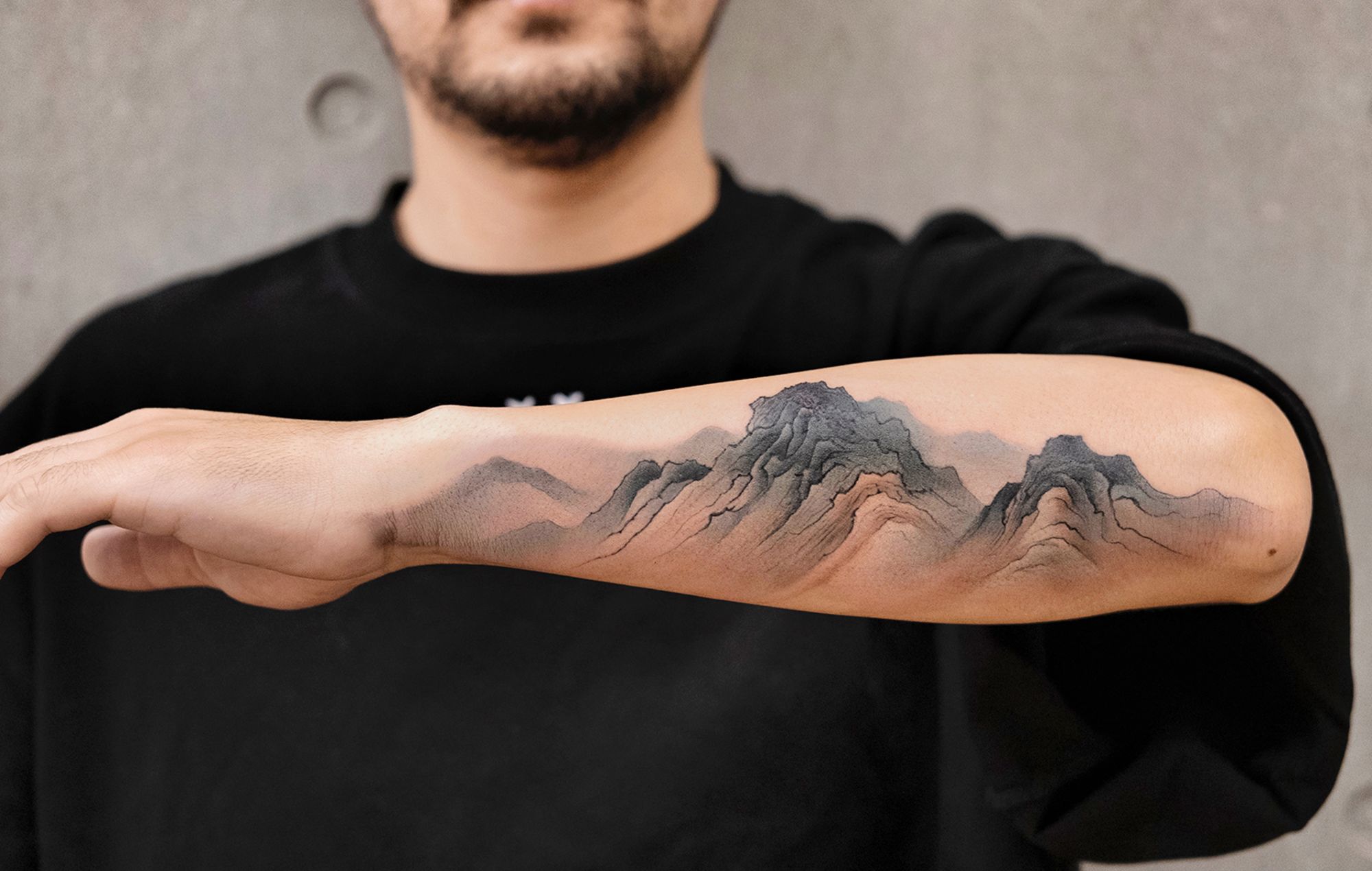
Getting a tattoo is a significant decision that involves not just choosing the perfect design but also understanding the healing process that comes afterward. Tattoo heal time can vary depending on various factors, so it is essential to have a comprehensive understanding of what to expect during this crucial phase. In this article, we will delve into the secrets of tattoo healing time, providing you with a detailed breakdown to help you take care of your new ink properly.
Factors Affecting Tattoo Heal Time
Size and Placement
- Smaller tattoos generally heal faster than larger ones due to the reduced surface area.
- Tattoos on areas with more skin and muscle, like the arms and legs, tend to heal quicker than those on bony areas like the ribs or feet.
Tattoo Aftercare
- Proper aftercare is crucial for ensuring a smooth healing process.
- Following the tattoo artist's instructions on cleaning and moisturizing the tattoo can significantly impact the heal time.
Skin Type
- People with sensitive skin may experience longer heal times compared to those with normal skin.
- Individuals with oily skin may find that their tattoos take longer to heal due to excess sebum production.
Stages of Tattoo Healing
Initial Healing Stage (Days 1-6)
- In the first few days, your tattoo will be sore, red, and may ooze plasma and ink.
- It is crucial to keep the tattoo clean and moisturized during this stage to prevent infection.
Middle Healing Stage (Days 7-14)
- The tattoo will start to scab and itch as it begins to heal from the inside out.
- Avoid scratching or picking at the scabs to prevent scarring and color loss.
Final Healing Stage (Days 15-30+)
- The scabs will start to flake off, revealing the healed tattoo underneath.
- During this stage, continue to moisturize the tattoo to keep the skin hydrated and vibrant.
Tips for Faster Healing
Stay Hydrated
- Drinking plenty of water can help keep your skin hydrated, promoting faster healing.
Avoid Sun Exposure
- Direct sunlight can damage your tattoo and prolong the healing process, so make sure to protect it with clothing or sunscreen.
Avoid Soaking in Water
- Swimming pools, hot tubs, and baths can introduce bacteria to your healing tattoo, leading to infections and delayed healing.
Eat Nutritious Foods
- A healthy diet rich in vitamins and minerals can support your body's healing process, including the healing of your tattoo.
Signs of Healing Issues
Inflammation
- If your tattoo becomes increasingly red, swollen, or painful, it may be a sign of infection or an allergic reaction.
Prolonged Pain
- If your tattoo continues to be painful or tender beyond the expected healing time, it is essential to consult with a healthcare professional.
Excessive Scabbing
- While some scabbing is normal during the healing process, excessive scabbing may indicate that your tattoo is not healing properly.
By understanding the factors that influence tattoo heal time and following proper aftercare guidelines, you can ensure that your new ink heals beautifully and lasts for years to come.
